Transmissions from Tarapith
October 3rd, 2011 2:00 A.M.
After much difficulty obtaining a train and then getting fined 596 rupees because there were no available seats, we finally arrive at the Rampurhat station around 11:30 at night. A swarm of rickshaw wallahs descends upon us like bees, all of them offering rides ranging from 250 to 300 rupees. Knowing this is way too much, we wander about until we find yet another shady looking group of men. I tell them that we want to go to Tarapith. We finally settle on a Rickshaw ride for “only” 200 rupees, which still feels like too much. It probably should have “only” cost 100 rupees, but at this point we have stopped caring and just want to get to Tarapith.
Our rickshaw courses through the back roads of town and out into the country. We drive along winding roads that have no lights and I find myself watching the driver swerve to avoid the numerous, very large potholes which are everywhere in the road–it delights me because while it seems nearly impossible, I have no doubt that he has driven this route thousands of times. A sense of joy begins to take hold as we travel underneath the night sky, speeding past the rice paddies–I feel like I am returning home. Without doubt, Tarapith is one of my favorite places on the planet.
We arrive at the main crossroads near the temple where we are let off. I am overwhelmed with anticipation and tell Julie that I’d like to head straightaway to the temple. It’s a little after midnight and I want to see what is going on. Walking through the narrow, desolate lanes proves to be a rather frightening experience. It soon becomes apparent that we are not alone: everywhere around us there are wild dogs roaming about, aggressively fighting, copulating, and growling in the darkness.
I remember the geography of this place well enough to lead us straight to the temple. It’s locked, a homeless woman sleeping in front of the main gate. Excitement overtakes me again and I feel compelled to visit the cremation ground. First we walk down a road going toward the river which is lined with closed restaurants and stalls. I see a side entrance which leads into the burning ground, straight to the funeral pyre and mud houses of some questionable Tantriks, but with Julie present and all of our heavy luggage I decide against going in. Gazing through the trees I can see a large fire with a group of men wearing red Tantrik garb surrounding it. We’re definitely in Tarapith.
We walk back, past the mandir where I see the main entrance to the burning ground. I want to go in, but Julie is not feeling this idea too much. We walk to the top of the steps and she voices her protest a little louder. I can’t help it, I tell her to wait a minute and remove my shoes to enter the Smashana.
In near total darkness, I creep past scattered tombstones and an area where animals were sacrificed, heading straight to Bamakhepa’s samadhi–a large red structure underneath of which rest his mortal remains. I kneel and bow before the samadhi, rising up on my knees and holding up my hands with tears in my eyes repeatedly chanting aloud “Jay Guru Bam Deb!“ Feelings of love overwhelm me as I pay homage to a man whom I consider my senior colleague in many ways. I speak to him as I would to a person standing before me, telling him that I have returned after all of these years out of love for Ma Tara. I ask for his blessings during this trip to the great Shakti Pith and again place my head on the ground.
Now nothing scares me about walking past tombs in a burning ground during the dead of night. The sign above the gate, written in Bengali, says “The Great Cremation Ground of Tarapith,” but for me it might as well say, “Welcome Home!” I feel a strong urge to wander deeper into the cremation ground so I can say “hello” to my friends who are busy performing their midnight rituals, but then I realize that I have rather rudely left Julie waiting. It was purely compulsion, I had to pay my respects to Bamakhepa. After Ma Tara, his presence is certainly the most important in this area. I hurry back out and greet Julie who naturally is not very happy with me and in fact was scared waiting for me. She gently, but firmly reminds me of how the only stories she has heard about this burning ground often involve drunken mad men. Leaving her waiting by herself in the dead of night was not at all a very nice thing to do! I apologize profusely and explain my need to greet Bamakhepa upon arrival. She is both forgiving and understanding of this which is something I don’t think could be expected from anyone else.
We walk back down the road, again passing the snarling, possibly rabid, dogs to find a hotel for the night. After obtaining a room and dropping off our luggage, we head back out because I am starving. I find an open “restaurant” where I grab some ruti (bread) and tarka (lentils) which is served in a plastic bag. There is a tea stall open and we sit down for a chai. I introduce myself to the locals.The tea seller–a Krishna devotee judging by his tulsi mala and interesting hair cut–strikes up a conversation with us and I ask him what time the Tara Mandir opens. He says the gates are unlocked sometime around 3:30-4:00 am. We decide that at this early hour we might as well stay up all night to offer puja to Ma Tara as soon as the mandir opens.
I’m back at my favorite place in the world. After such a hectic traveling experience lasting several hours I should be exhausted, but I’m not at all surprised that I cannot think about sleep. Although the caffeine that courses through my blood after drinking so many chais has got me wired, it’ much more than that–I am genuinely excited to be here. Tarapith is a deliciously intense place where I feel perfectly comfortable. I’m not just visiting some temple in the middle of nowhere; I’m returning home to see my mother!

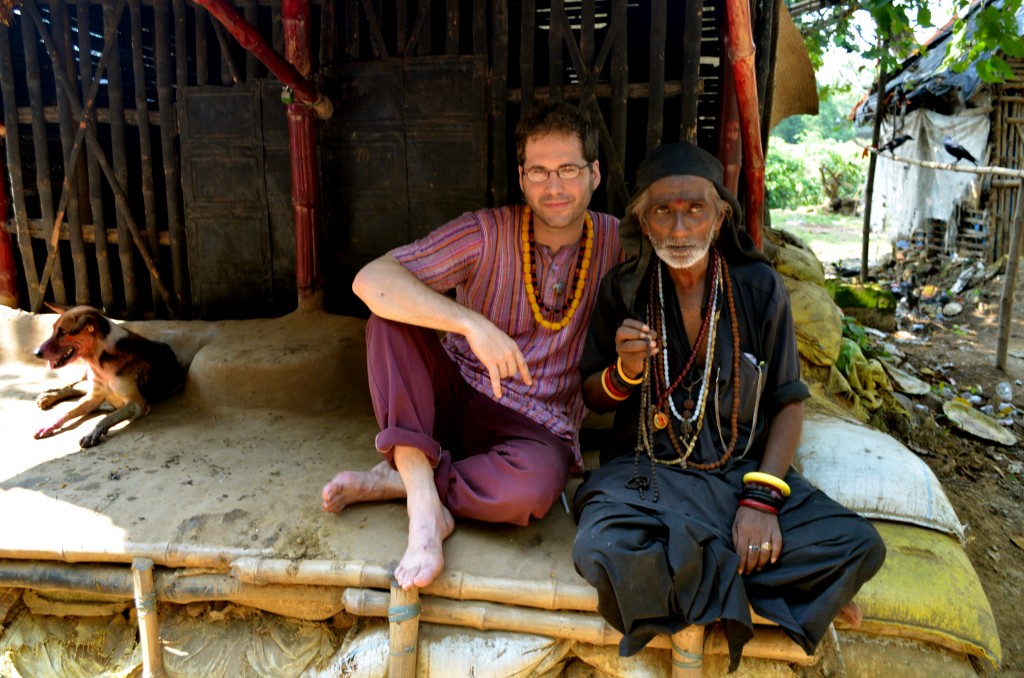
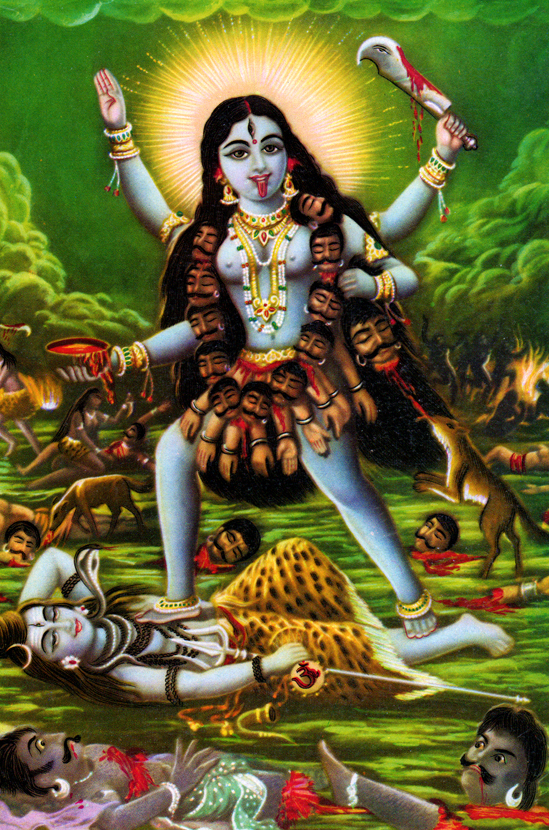
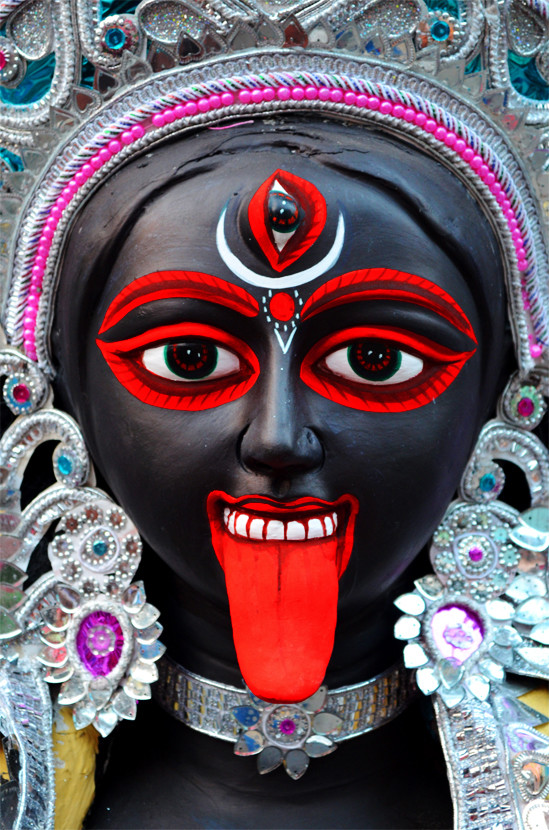
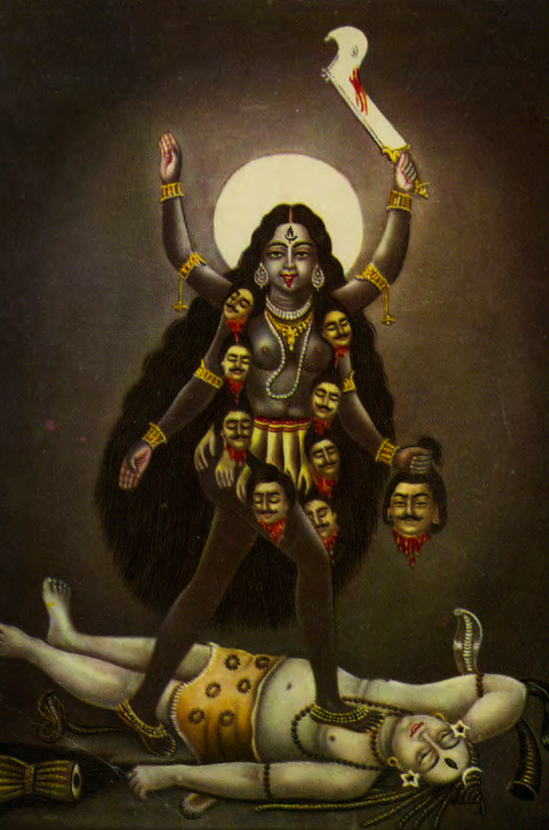
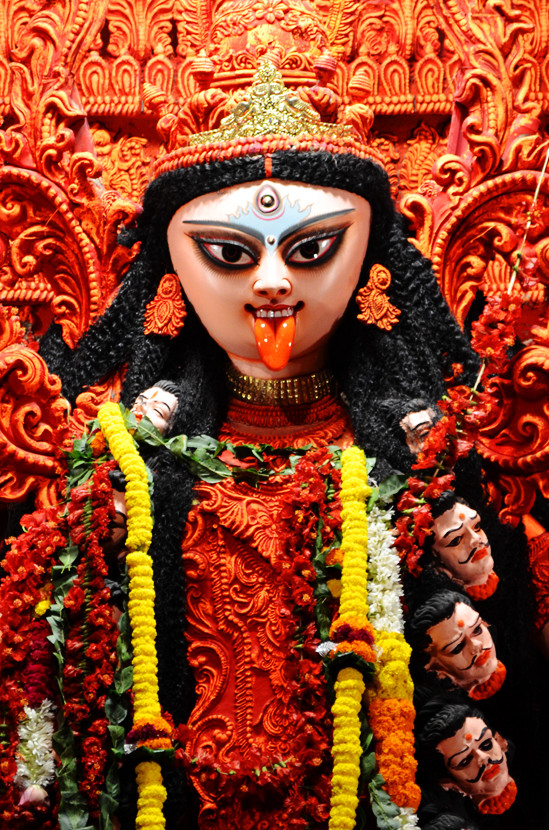
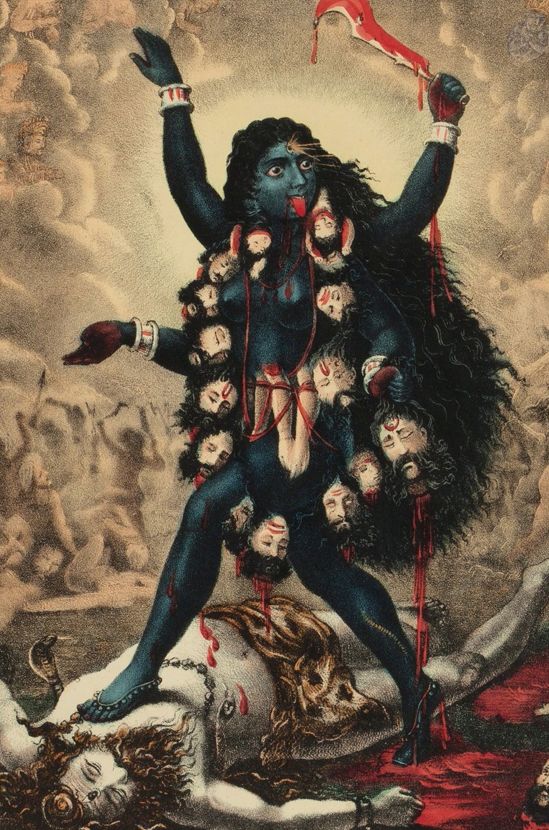
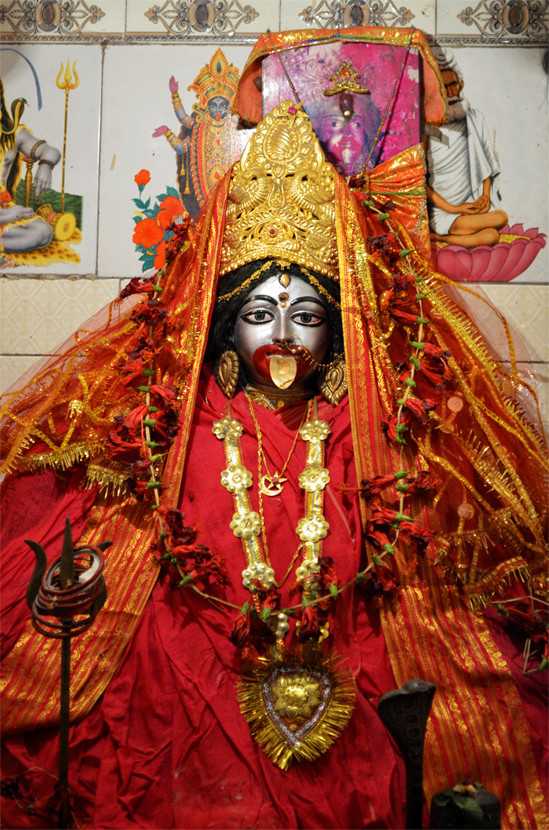
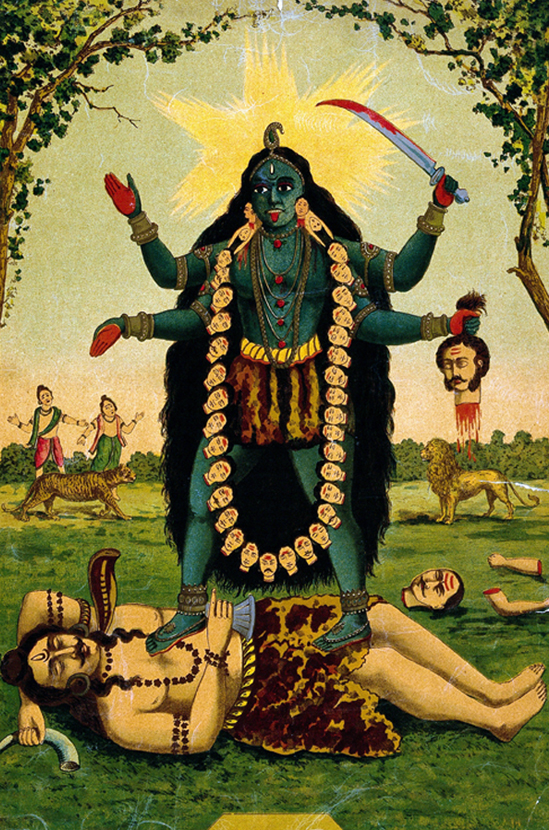
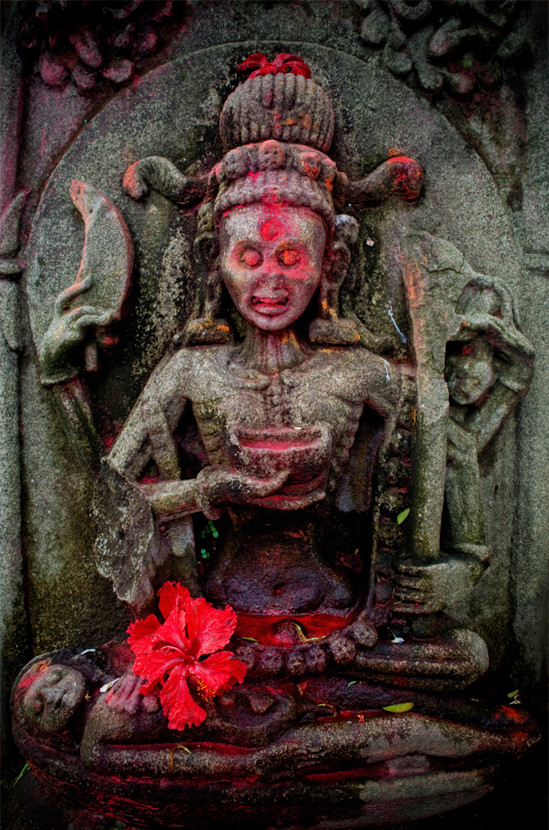
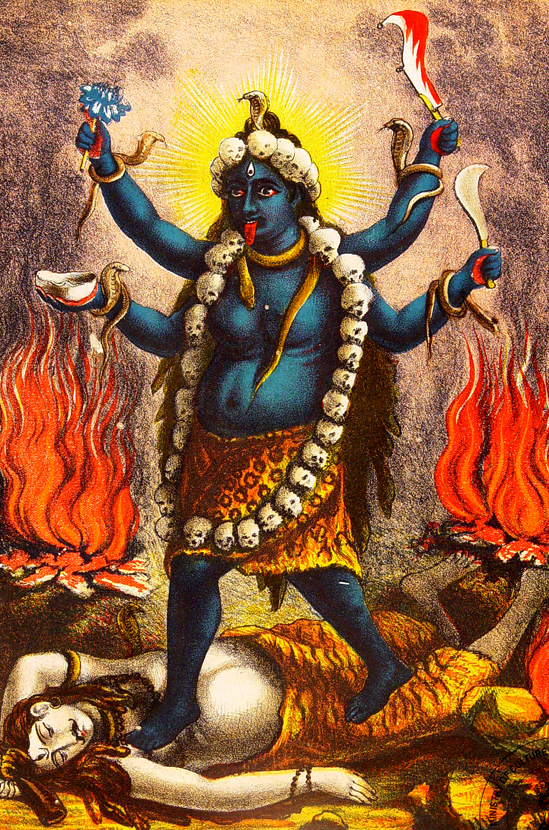
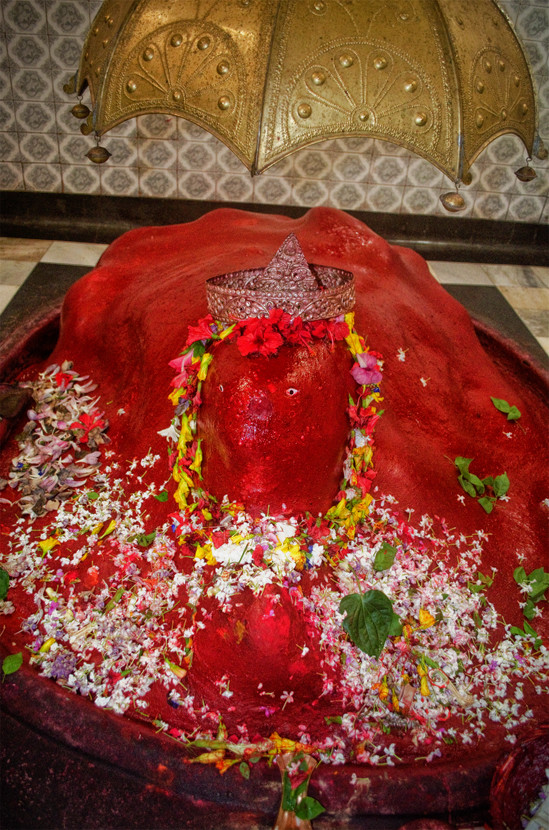
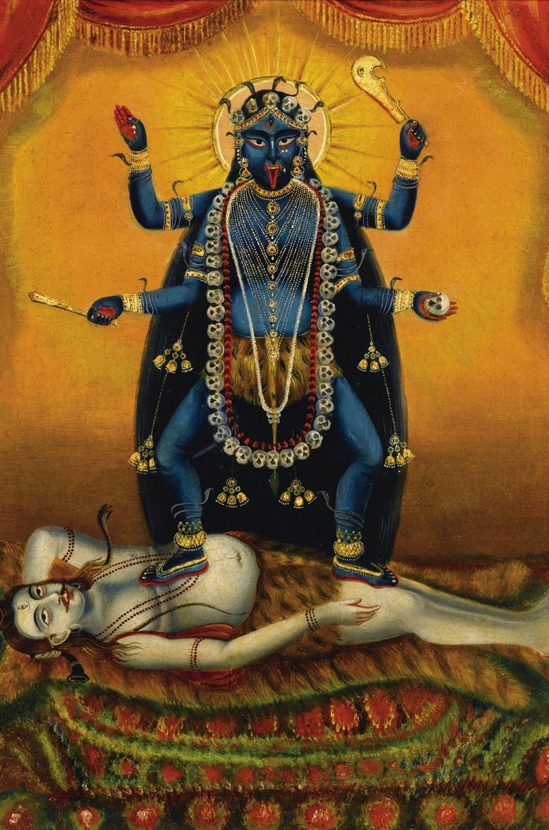
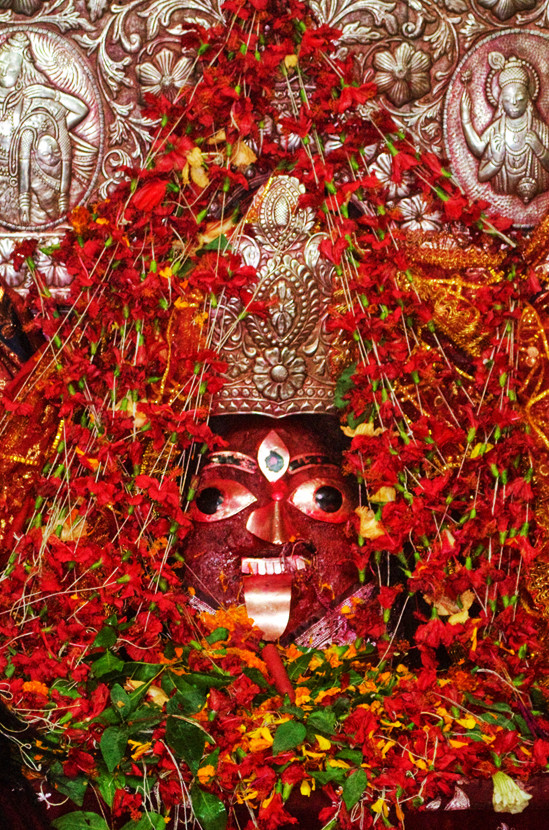
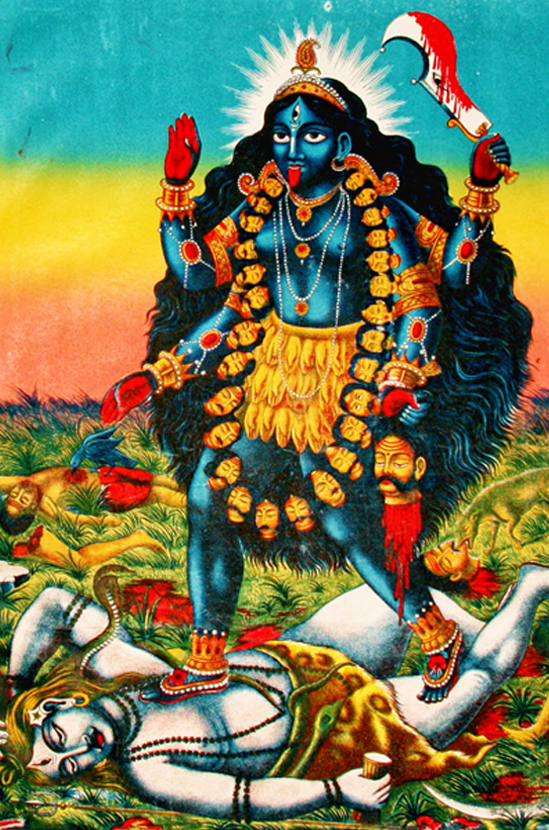
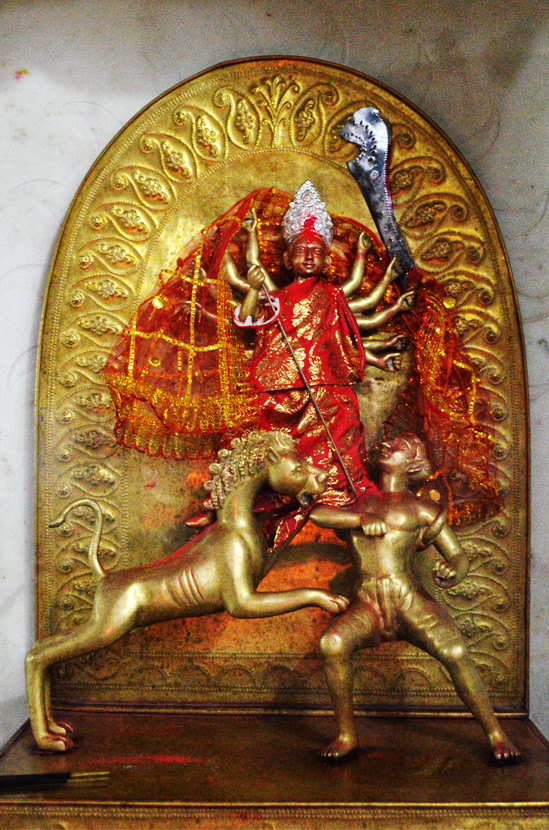
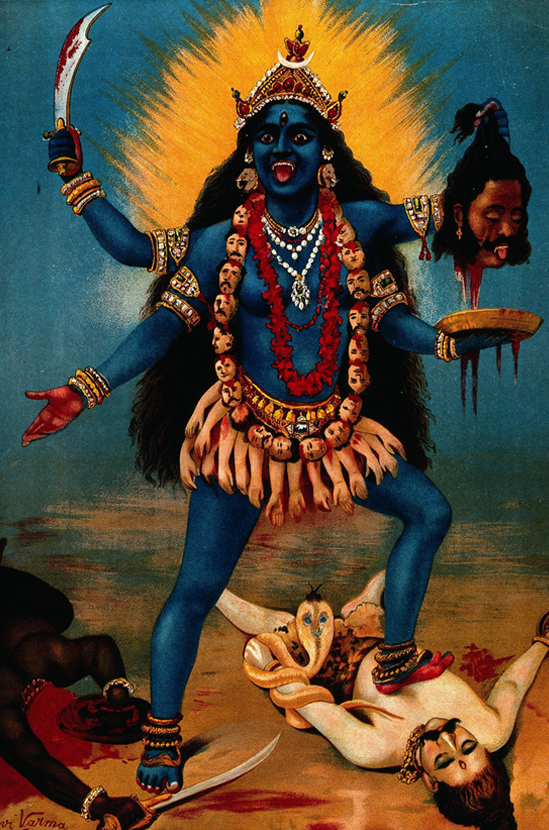
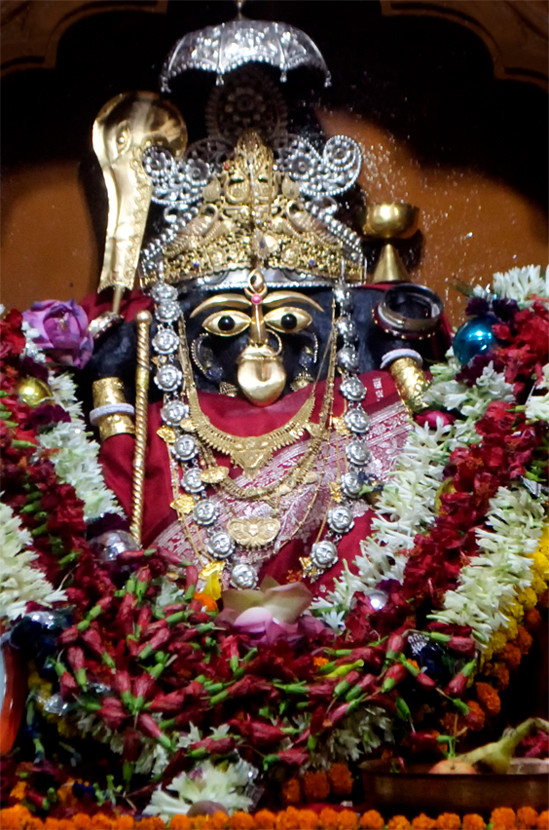
Jai Maa Tara….
No doubt you got a thrilling experience at Tara Pith. It is a ‘Shakti pith’ or you may say a ‘Sidha pith’. Tara pith ‘darshan’ will complete if you see the three different statues or ‘Roop’ of ma Tara, Neel Saraswati(Situated nearby Tara pith Mandir,Mundamalini tala) and Neel Laxmi.
HOW I MEET WITH BABA